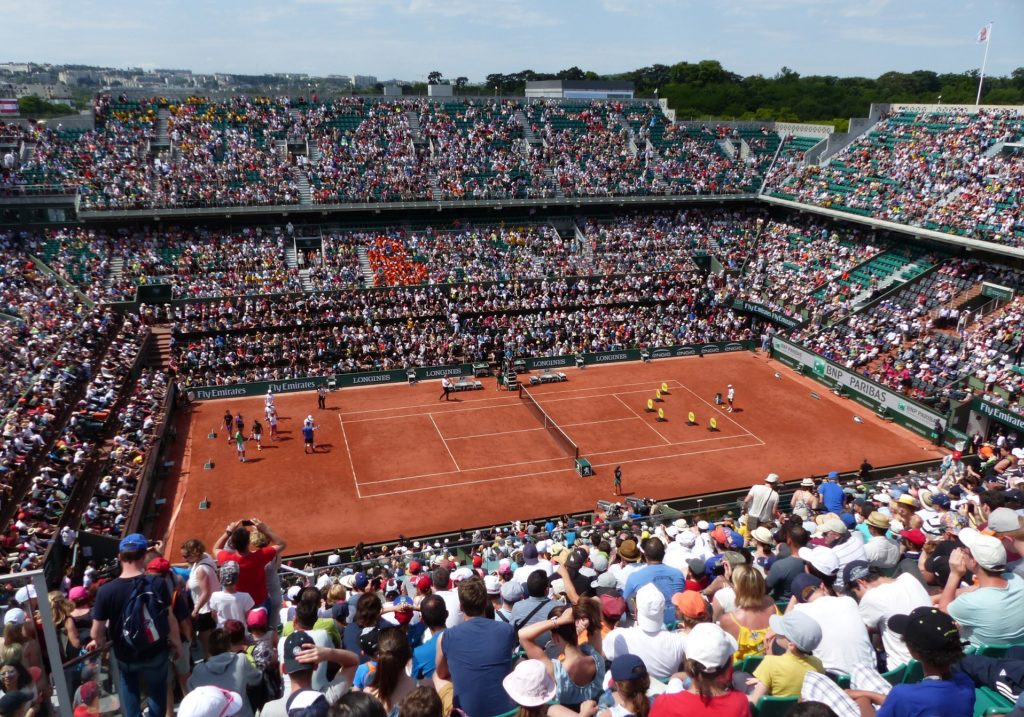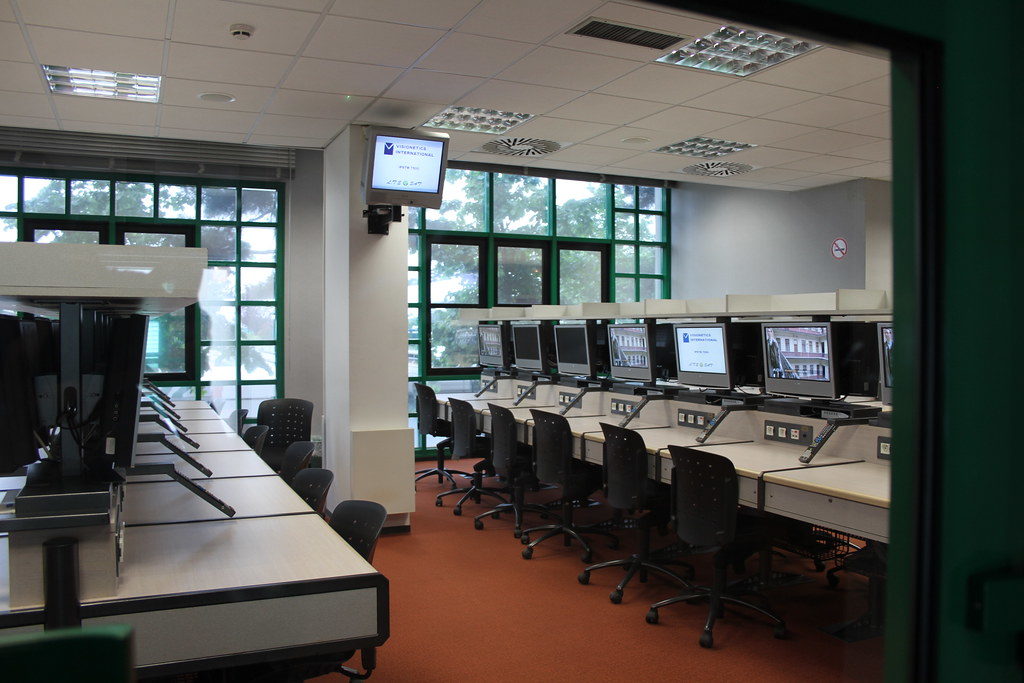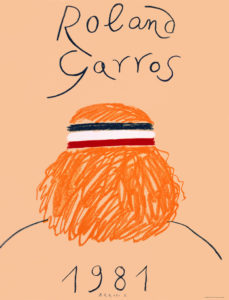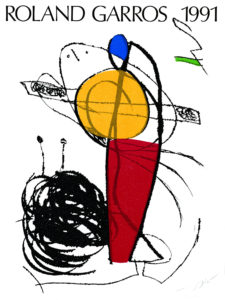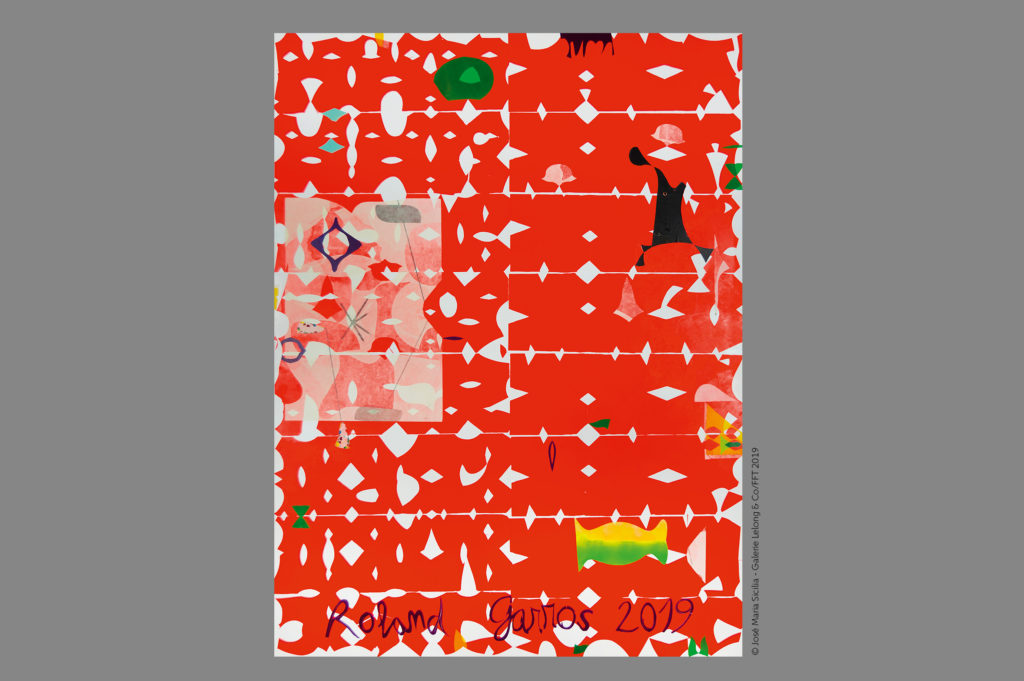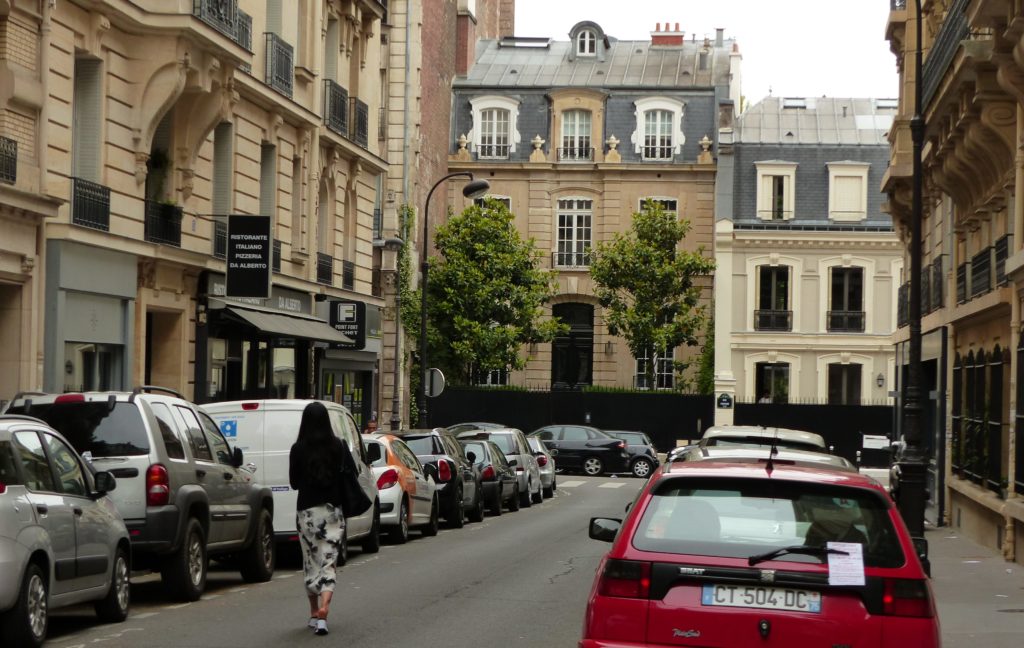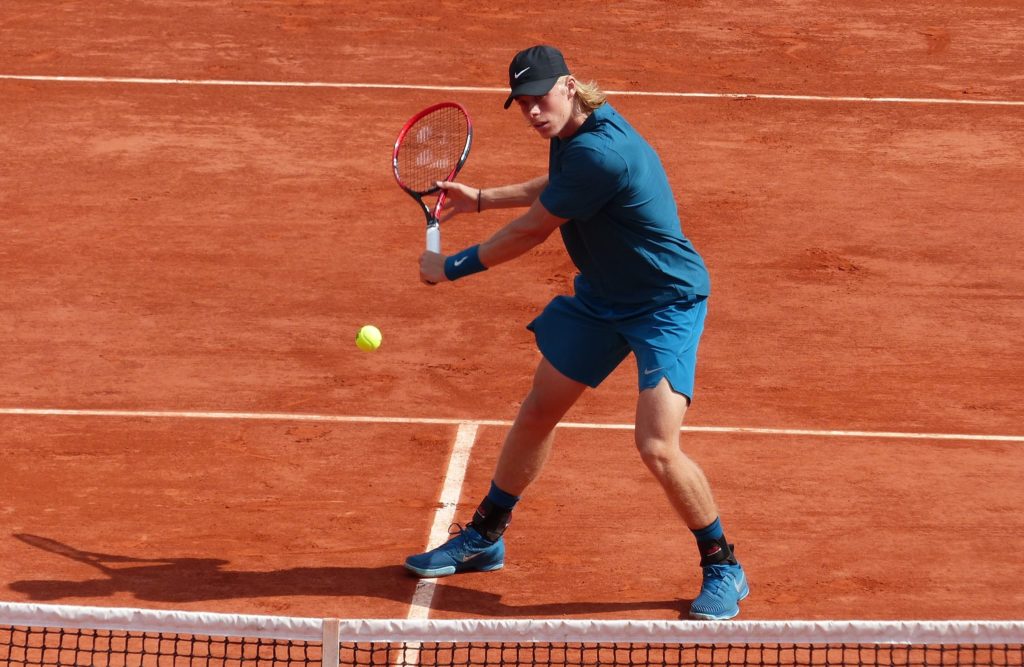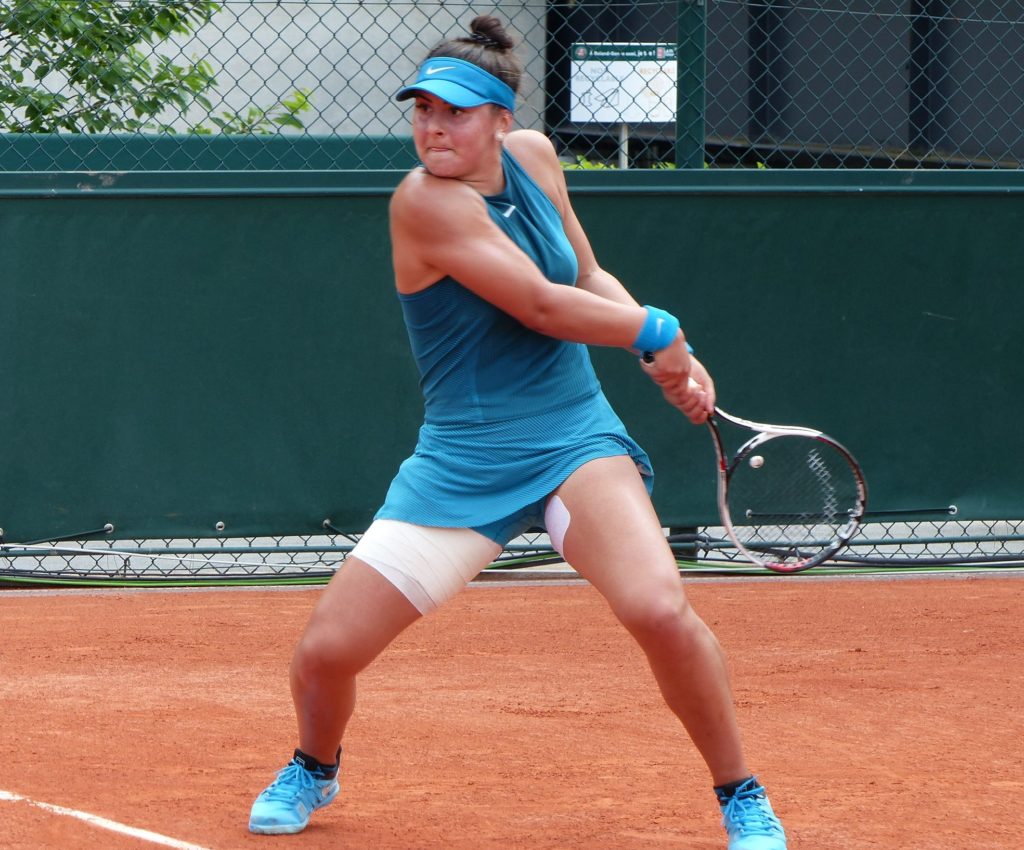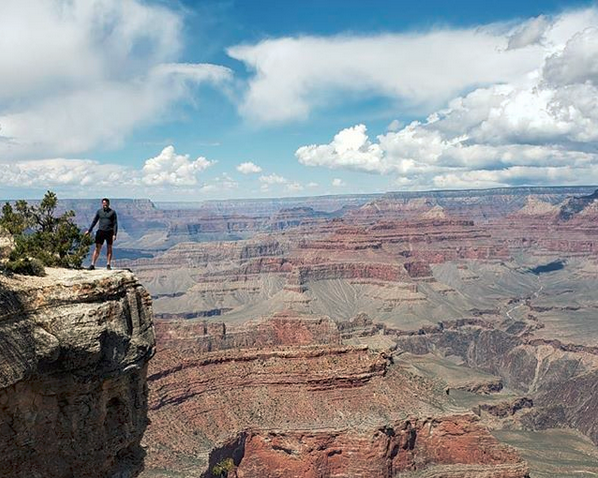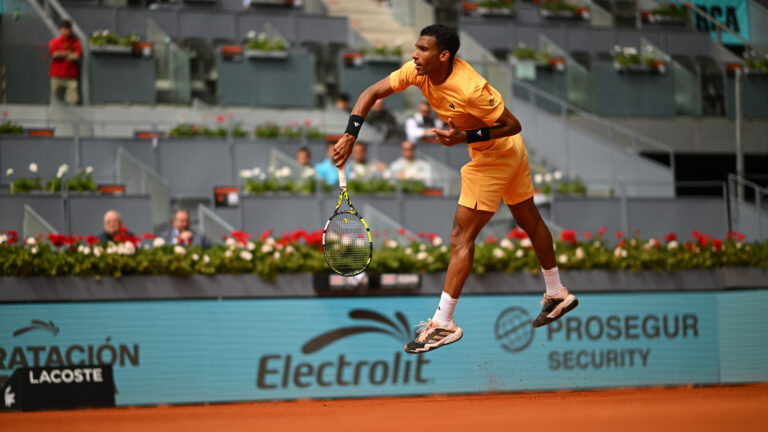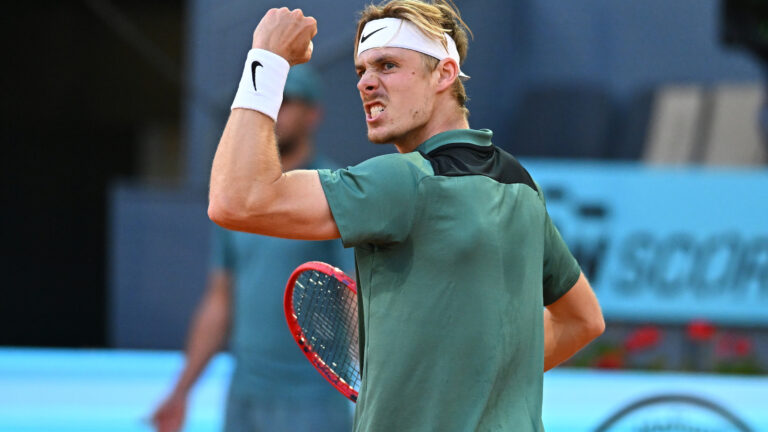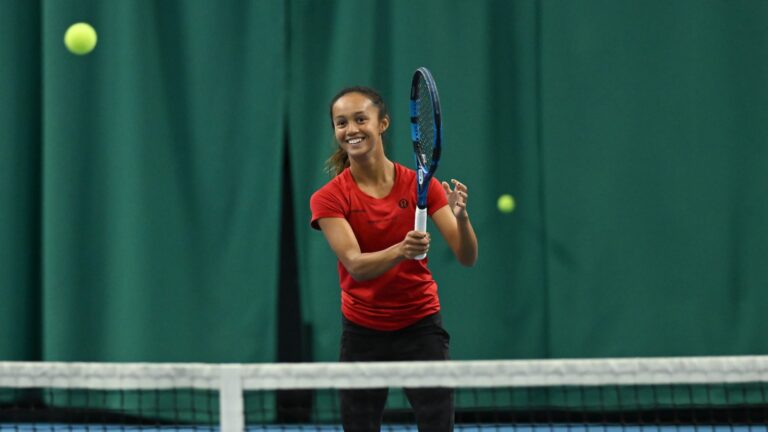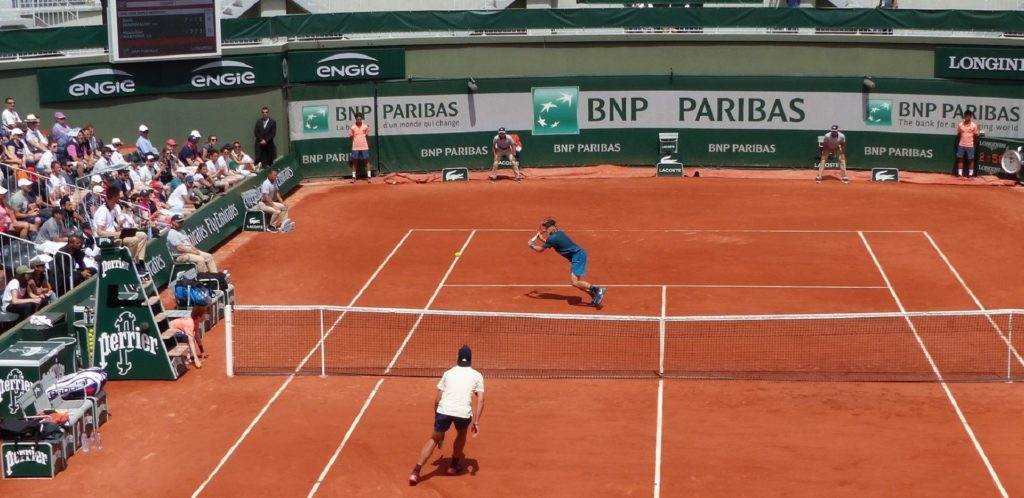
|||||||||
“It’s all good” is a great way to describe tennis’ four Grand Slam tournaments these days.
The Australian Open is vibrant and fun at the start of the year – the French Open is splendid and sophisticated in the spring – Wimbledon’s lawn tennis is genteel tradition personified in the summer – and the US Open is a dose of end-of-season brashness in tune with the beat of New York City.
Tennis has it all over golf in that its four majors are played in four different countries (and two hemispheres) while golf has three in the USA and just one overseas – in the United Kingdom. As well, at least one of the tennis crown jewels is in a non-anglophone country.
As of 2019, golf has crammed its biggest events into a four-month span beginning in April and, now that the PGA Championship is in May, ending with the British Open in July. It seems foolish not to extend the main showcases of the sport over a longer period as is done in tennis. Golf aficionados, desperate for a ‘big one,’ will now have to endure a fallow eight months (August to March) of regular tour tournaments – with little to really pique the interest of hardcore or casual fans. It would be better served to have an event such as January’s Australian Open in tennis. Melbourne Park is a welcome reuniting of the elite players in the sport just when fans are again hungering for a serious tennis ‘fix.’
It’s bad enough that golf’s majors are so USA-centric, but to have them one after another in a four-month stretch from April to July is overkill. Anticipation is almost as big a deal as the actual event itself, and no golf majors between August and March is a missed opportunity to keep people tuned in and fire up interest in the sport.
The tennis world is now focused on Les Internationaux de France, Roland Garros or the French Open in more colloquial terms. Qualifying is underway, with the main event beginning on Sunday.
What makes Roland Garros special among the four majors is the red-clay surface and the city where the tournament is played. The terre battue is a brilliant colour and can be restored to a pristine state with a quick sweeping and watering. And as for the city itself, and its citizens, it has a magical cachet that’s unique and enduring.
This year there are major changes at Roland Garros – all related to a retractable roof that will be in place in time for the 2020 tournament. Since the end of the 2018 event, 80 per cent of the main Court Philippe Chatrier stadium has been demolished and rebuilt in preparation for the installation of the roof.
The two sides in the picture above were completely knocked down and the only parts of the original structure that remain this year are the lower seats at both ends – to the left and right in the picture above.
In 1988, the Roland Garros Media Centre was relocated to an area under the upper deck on the far side in the picture here. This tennis writer has been fortunate enough to attend the last 31 tournaments in that Media Centre – state of the art at the time with televisions at each reporter’s desk. That cumulatively adds up to well over a year in that Media Centre as a workplace.
Here’s a picture of part of the workroom where American and Canadian reporters were located. This year the media are temporarily going to be in the Tenniseum or Musée de Roland Garros as work continues on the revamped Court Philippe Chatrier.
The 2019 edition of Roland Garros is the 40th with an official event poster. The posters, done by the crème de la crème of modern artists – now associated with the Galerie Lelong in Paris – has become an annual Roland Garros tradition. With the exception of four or five, all the posters have featured a tennis motif.
Looking back over 40 years, there are two that stand out – the two pictured above here.
The one of the left, from 1981, was done by the late Spanish artist Eduardo Arroyo. It’s often cited as the best and most popular – part of the reason being that it’s so simple. It helps to remember that at the time Bjorn Borg of Sweden and Guillermo Vilas of Argentina were the two best clay-court players – and both Roland Garros champions. Both had long hair and wore headbands. Arroyo’s back view, with the long hair with the colours of the French flag on the headband, was a stroke of genius.
As for the poster on the right – the work is by Spanish master Joan Miro. It was selected from the late artist’s oeuvre but not done specifically for Roland Garros – with the yellow, round shape at its centre being evocative of a tennis ball. That 1991 year Miro’s work was sold as a poster but was not available on T-shirts for contractual reasons, except to some officials associated with the tournament.
This is the 2019 poster by another Spanish artist, José Maria Sicilia. While there’s no obvious tennis reference, Sicilia says, “I’d describe myself as a translator. I try to bring out the colour of sounds. I also paid attention to the bouncing of the balls and the shots, to the silence and even the applause.”
For those who have never been to the French Open, Roland Garros is located in the 16th arrondissement, an affluent area of Paris that’s accessible – after a five to 10-minute walk – via two different lines on the Metro.
CANADIANS AT ROLAND GARROS
There will be five Canadians in the singles main draws at the French Open. And for the first time in history, three Canadian men – Milos Raonic (15), Denis Shapovalov (21) and Félix Auger-Aliassime (26) – will be seeded at a Grand Slam event. Bianca Andreescu will be the No. 22 seed in the women’s draw along with an unseeded Genie Bouchard if the 25-year-old Montrealer decides to play.
This year’s draw ceremony will be held on the Roland Garros site at 7 p.m. (1 p.m. ET in Canada) on Thursday.
Raonic, Andreescu and Bouchard will be practising in Paris this week while Shapovalov and Auger-Aliassime are playing the ATP 250 event in Lyon.
Of all the Canadians, only Shapovalov won a main-draw round a year ago – defeating Aussie John Millman in the first round before losing to Maximilian Marterer of Germany in the second. Raonic didn’t play and Auger-Aliassime, Andreescu (above with a wrapped right leg) and Bouchard (retired with an abdominal strain) all went out in the qualifying.
Raonic, Andreescu and Bouchard would be playing the second Grand Slam of the year without any matches on clay leading in this spring. All three last played in mid-March at the Miami Open.
Peter Polansky and Rebecca Marino are the only two Canadians in the qualifying – Polansky defeated No. 206-ranked Darian King of Barbados 6-4, 6-4 on Monday and on Wednesday will play No. 303 Alexandre Muller, 22, of France.
Well, that was a fun week in Kurume! 🏆🎉💕🇯🇵 pic.twitter.com/5I4F2pdrrG
— Rebecca Marino (@beccamarino90) May 20, 2019
Marino, fresh off her $60K ITF event victory in Kurume, Japan, will start out on Wednesday against a French wild card, No. 327-ranked Tessah Andrianjafitrimo, 20.
MILOS ON HIGH
We missed this from Milos Raonic’s Instagram account on April 22 – Earth Day. “Today I got to experience the most sensation, impressive and breathtaking views and admiration I have ever seen. I have never been more amazed by our earth. Let’s cherish and protect it.”
Raonic is perched perilously close to a precipitous drop in what looks like the Grand Canyon. We get a little queasy just looking at it.
NOTE: Back on Thursday with a blog from Paris after the Roland Garros draws.
